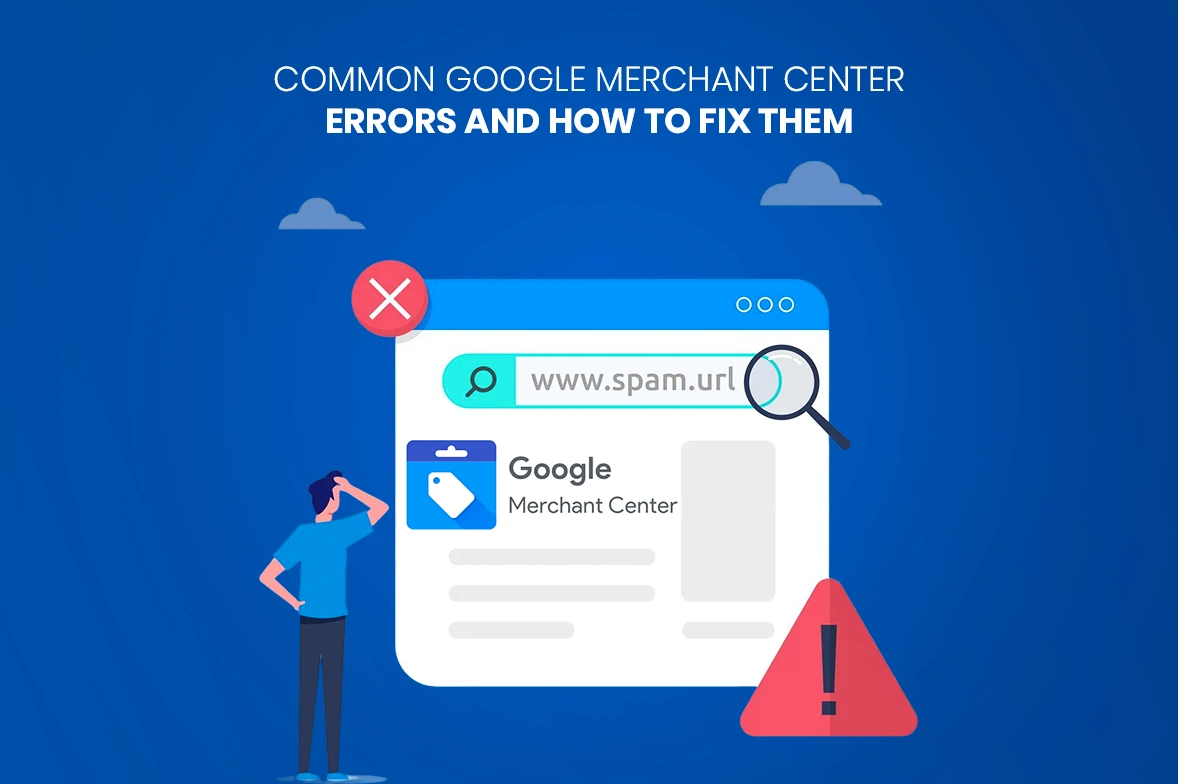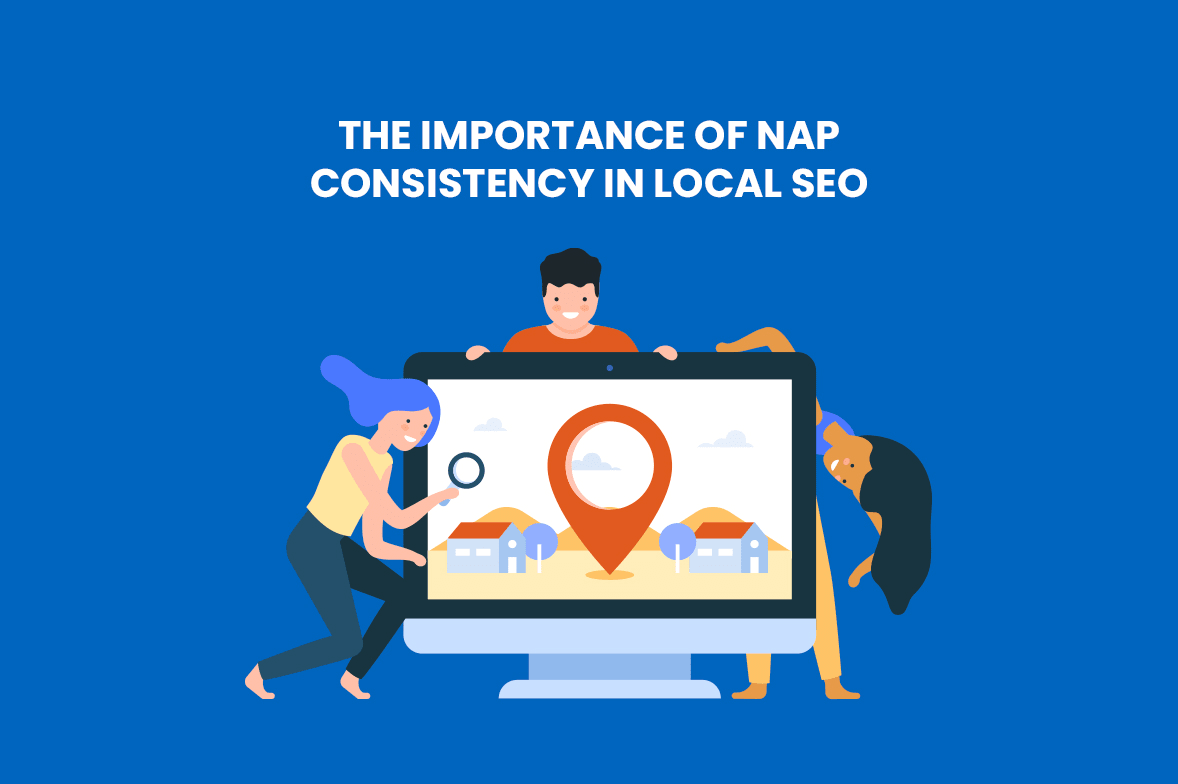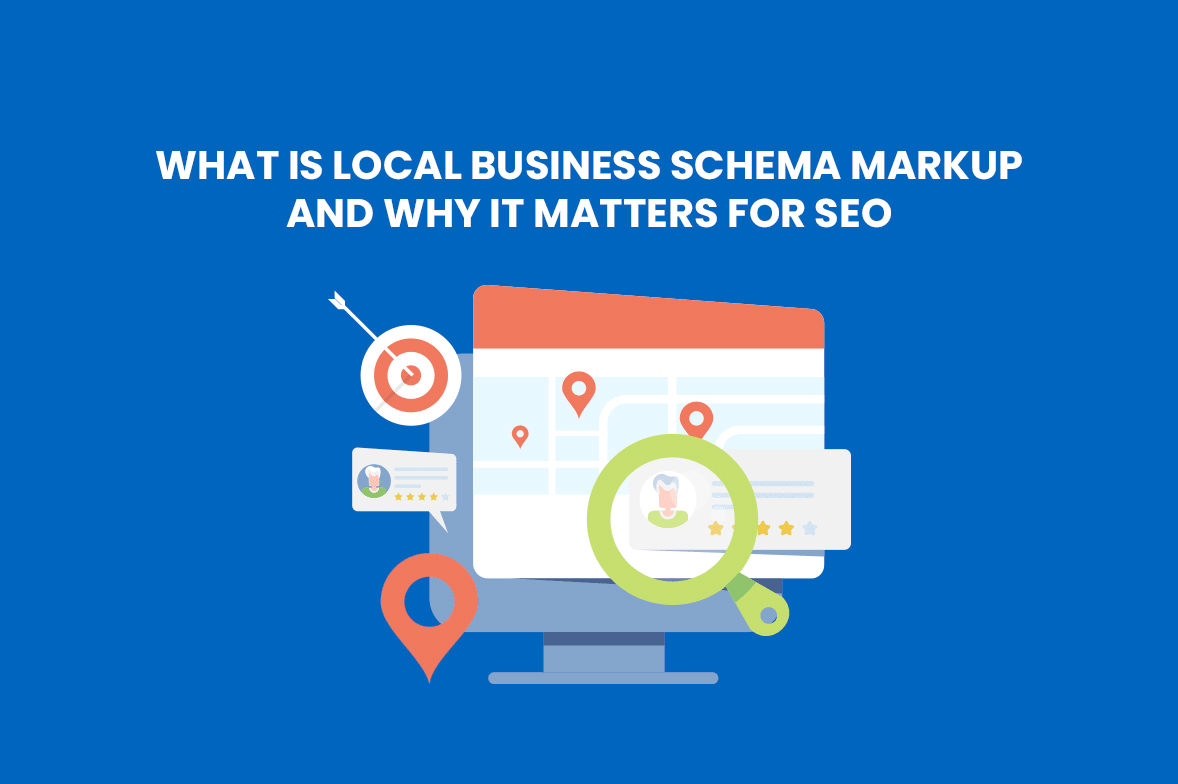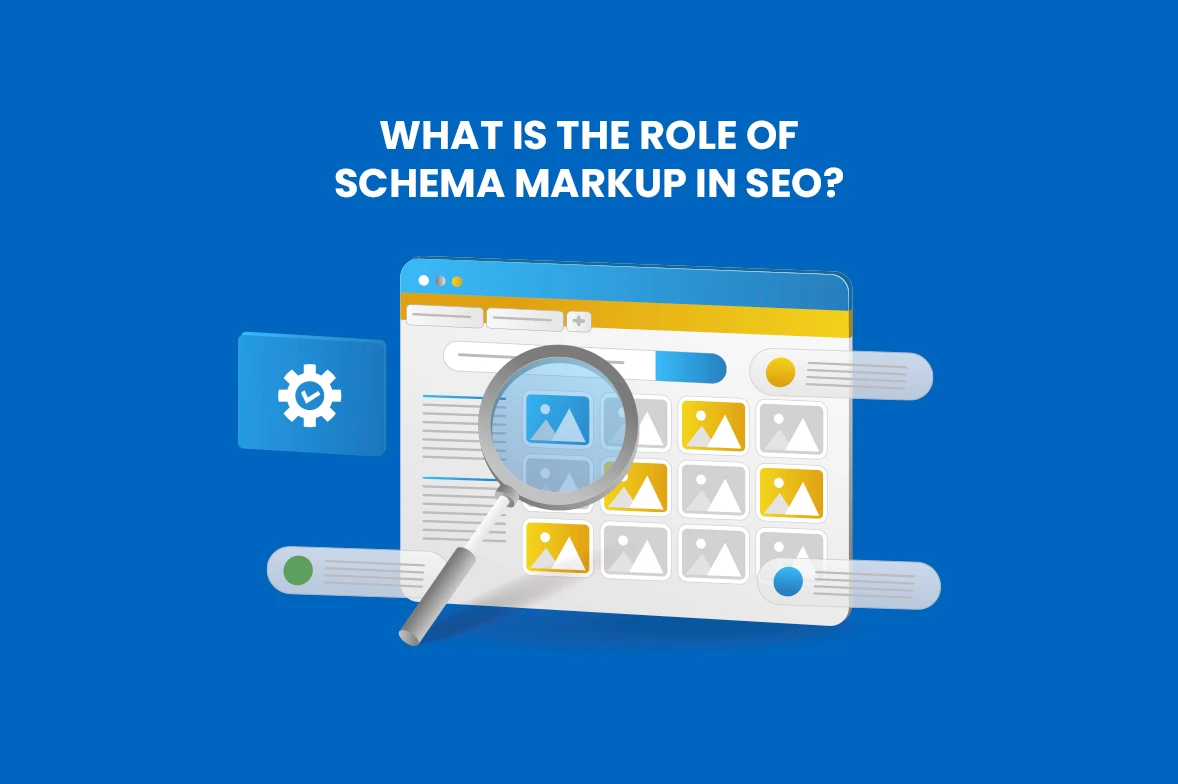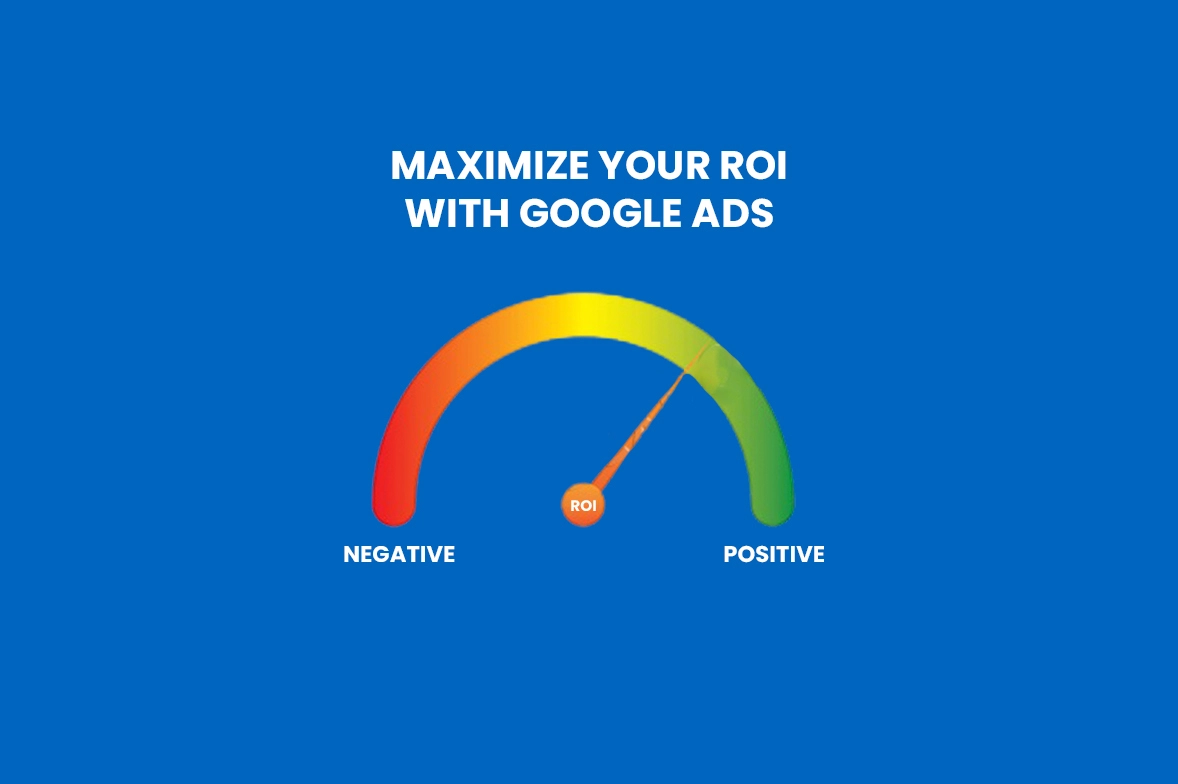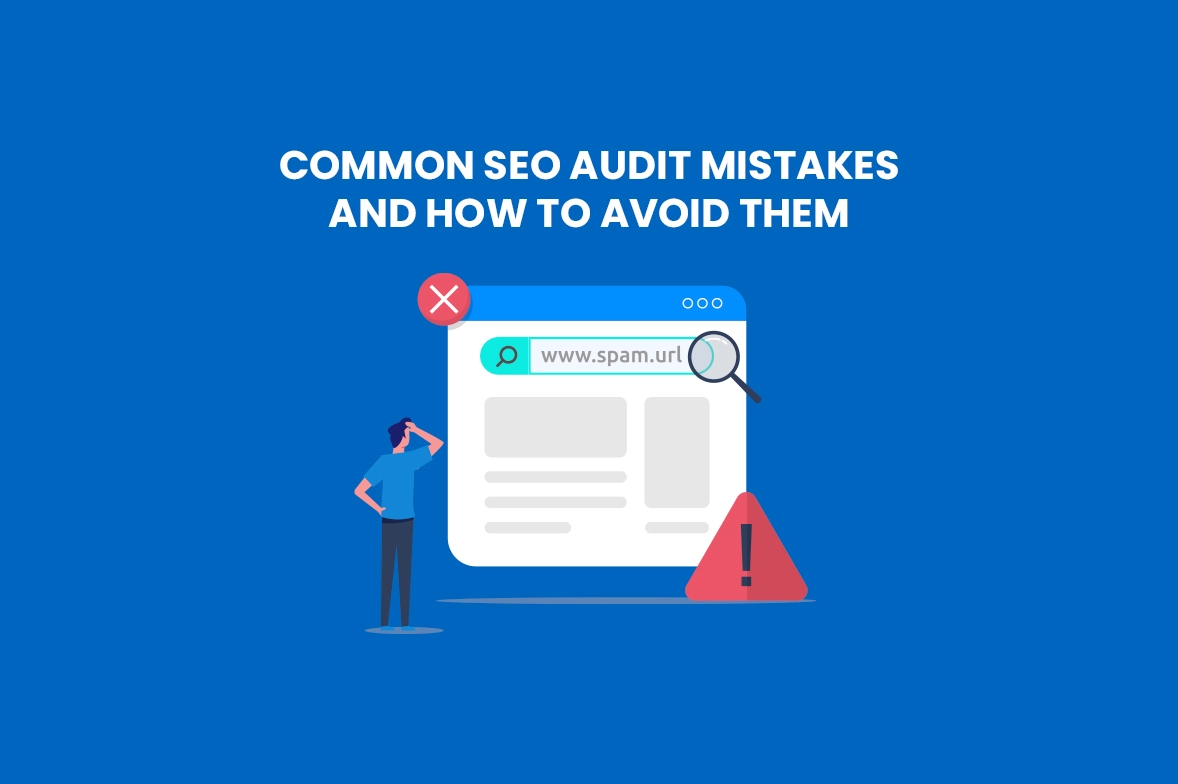
5 SEO Trends to Crack in 2019
Successful SEO is not about tricking Google. It’s about partnering with the Google to provide the best search results for Google’s users.
This year, Google has shaken the world with its mobile- and speed-related efforts. As a result, most of next year’s SEO efforts are expected in this direction. However, some “non-Google” game-changers will also influence how we build our SEO campaigns. So come let’s explore these hot trends in detail.
1. Mobile-first indexing
In a nutshell, mobile-first indexing means that Google uses the mobile version of your page for indexing and ranking. Since March 2018, Google’s started the process of migrating sites to mobile-first index.
Bear in mind, a mobile-first index does not mean “mobile-only.” There’s still a single index with both mobile and desktop versions. However, the whole “mobile-first” buzz means that Google will be using the mobile versions for ranking once the site’s migrated.
You get it, right? With your mobile version being the primary one for ranking, there’s no excuse to procrastinate with mobile-friendliness.
2. Page speed
Google is nuts about delivering the best UX and delivering it fast. Desktop page loading time has been a ranking factor for a while. In July, it got a twin sibling – mobile page speed’s become a ranking factor for mobile.
This crucial change calls for understanding which metrics matter for Google in terms of page speed evaluation.
Historically, when analyzed in Page Speed Insights, a site was evaluated just on the basis of technical parameters. Now, both for desktop and mobile, it’s graded according to two different metrics: Optimization and, a new one, Speed.
The game-changing part here is how Speed score is generated. The data for the metric’s taken from Chrome User Experience report, the real users’ performance database. It reflects how your site loads for each visitor. It’s obviously hard to measure how fast each visitor’s device loads your site. As a result, the metric’s impossible to get through local tests.
As for Optimization score, you can totally control it by fixing all the issues preventing your site from loading fast.
So, which metric has the strongest influence on rankings? According to the mobile page speed experiment by SEO Power Suite, the correlation between the page’s Optimization score and its position in SERPs is strong (0.97). And there is no correlation between the page’s position and its Speed score. In other words, now Google can rate your site as slow, but your rankings stay the same.
However, Speed metric is something new, so it’s clear Google is testing it. With time, those correlations may change.
3. Brand as a ranking signal
Gary Illyes, Google Webmaster Trends Analyst, has stated at Pubcon that Google uses online brand mentions in its search algo. There are two ways it can use a brand as a ranking signal.
First of all, through unlinked brand mentions, the search engine learns that your brand is an entity. By further analyzing all the properties mentioning it, Google gets a better picture of your authority in a particular field.
Second, each component’s sentiment and context matters: reputation, trust, advertising, complaint-solving, etc. Through context, Google learns to tell the good from the bad. For example, its Search Quality Guidelines state that reputation matters for rankings. Consequently, the sentiment around brand mentions can affect the site’s rankings.
4. GDPR
GDPR is the General Data Protection Regulation passed in the European Union. It regulates a very nagging issue – who owns the data created by users’ interactions online. From now on, it’s users who do, not corporations which collect it. Consequently, users can now request to see what personal data the company has about them and ask for its correction or export. If a company doesn’t comply with the regulations, it can be hit with severe fines (€20 mln or 4% of the company’s annual profit).
This regulation affects the EU companies and customers. However, international companies should also comply with GDPR. As a result, Google’s decided to introduce changes into its Analytics. Now all personal user data expires after 26 months since it was collected. Such data includes demographic and affinity data (earlier kept perpetually) and doesn’t include sessions and goal completions. However, each site owner can change this data collection default period. Plus, it’s now possible to delete the data of individual users upon their request.
5. Stronger focus on image search
Google significantly upgraded its image search in 2017. Many websites even had to struggle with traffic losses because users no longer have to leave Google to view images and can click their way through them like in a picture gallery. By improving image search Google has certainly responded to a trend.
The fact that users are increasingly searching for images should give you the incentive to optimize your visual material. Try to use better pictures than your competitors. In 2019, just like last year, you should think holistically in terms of content. The content of your website is a compatible interaction of image, text, or video material, which should be geared to the added value for the user and cover a topic as comprehensively as possible.
Nijoe Varkey
With over 20 years of experience in digital marketing, Nijoe is the founder, CEO, and driving force behind Dinero. He is an expert in SEO, social media, performance marketing, and all fields of digital marketing. With a deep understanding of industry trends and innovative strategies, he is committed to delivering results that help clients grow.

